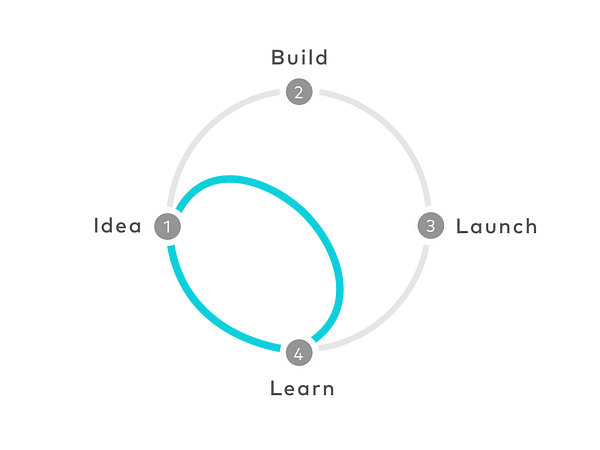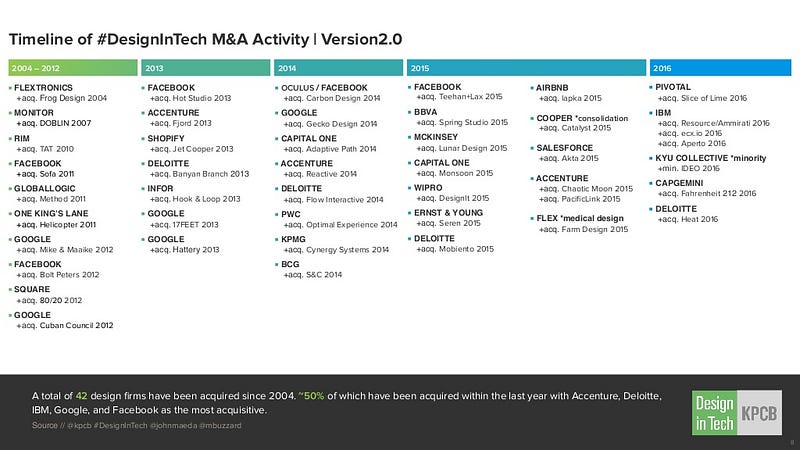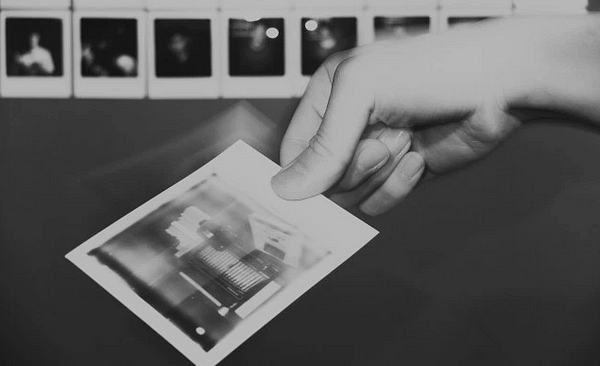Fifteen years ago in the Design issue of Wired, an article appeared outlining Polaroid’s five-year strategic plan. Just 8 months later the company filed Chapter 11. The ‘new company’ formed in its aftermath declared bankruptcy again several years later. For real.
Corporate failure aside, we all have a warm and fuzzy place in our ? for polaroids.

Polaroids = Vintage personified. Now cherished by teens, the polaroid phenomenon today resembles the recent resurgence of vinyl.
For Polaroid, Design was chiefly about breakthrough cameras — the Model Swinger, SX-70, Spectra — and those that came before and after. The innovation in the one-step process which allowed you to hold a photo in your hand just one minute after hitting ‘click’, was simply housed in a different container over the years.

The birth of instant photography is by far one my favourite inventions. You can probably testify to owning that cool-as-hell Polaroid that enabled you to magically freeze a moment and instantly share with friends. That vintage camera has since been replaced by the one currently in your pocket, and now rests on your shelf where house guests nod their head with nostalgic approval.
With over 2 billion photos being uploaded daily, the world is undeniably obsessed with sharing photos. And lest not forget about the trillions more that fail to make the publishing cut.
Self Sealing Logic
At the turn of the century, Gary DiCamillo was at the helm of Polaroid. He identified two ways to help innovate the business; Styling and Reinvention.
Styling referred to giving the company a makeover. The narrative to convey was that Polaroid was cool and fun.
Reinvention was in response to a world that had been digitised and was about to leave the company in its rear view mirror.

With hindsight it is easy to critique. We can see clearly now the reasons for the downfall of Kodak or Hipstamatic. In the case of Polaroid, the guilty culprit may have been DiCammilo and the company’s self-sealing logic.
“They were unable to foresee that the photo album would be replaced by the digital slide show.” — Yale Insights
The Digital Era required a drastic overhaul of the business model — wholly reliant on instant film — which in turn would mean taking big risks. Perhaps with a dash of double-loop learning they may have turned the sails towards something like Instagram, VSCO, EyeEm or even the recently launched Swing — the history books would need a rewrite.

Cases of bold manoeuvres to redesign and reinvent a businesses in the face of changing times are a plenty: Intel (shifted from storage to processing),Red Bull (became a media company), and Patagonia (evolved into a business that with implements solutions to the environmental crisis).
What do all these companies have in common? They all employ an operating model that allows for their business to evolve in the face of change. They’ve built internal capabilities that enable speed, agility, and openness together with a healthy appetite for risk. Their systems of organising are adaptive.
Instead of getting hung up on the design of pretty things they continually focus in tandem on the Design of Business.
Becoming A Learning Organisation
What Polaroid missed was not just moving into the digital era — but catering to the behaviours that arose as a result. They lost the connection to what a customer wanted and they failed to anticipate what that customer would want next.
At the core of a truly design-centric organisation is just one thing — empathy.
This translates as the keen ability to listen, to learn from customers, and continually strive to delight them time and time again. For many established companies, the shift to becoming a design-centric business is a tricky one, as they lack both the methodologies and mindset.
But the benefits are vast. Alongside increased customer retention and growth, design can lead to more engaged employees, richer partnerships, and a more responsive way of operating. With this ability to adapt through design, pioneering leaders have learned to welcome change and create progressive 21st century businesses.

The original champions of design in business include luminaries such as Tim Brown, David Kelley and Roger Martin. All have been touting the transformative effects that occur when design is placed at the heart of the organisation. As former Dean of the Rotman School of Management, Martin succinctly sums up design’s undeniable influence when he says,
“When it comes to innovation, business has much to learn from design. The philosophy in design shops is, ‘try it, prototype it, and improve it.’”
Shockingly, it has taken nearly 30 years for these contentions to take hold and manifest themselves across every industry. Whether it is computing (IBM hosts the largest design team in the world), finance (Barclays Bank is now the UK’s single largest employer of designers), management (McKinsey acquired top design firm, Lunar) or government (GOV.UK has received countless accolades for its user experience design) — no sector remains untouched.
No More Lipstick on the Pig
In any large company, it takes time, patience and persistence to change a business culture.
Organisational structures and processes are often designed, rather ironically, to keep design out.
The outdated way of operating where designers were kept on the fringes (and often brought in to put lipstick on a pig) is gradually being replaced by more fluid methods. Designers now occupy centre stage. And the effects may be felt across the whole organisation — for people, product, and processes.
Perhaps one of the best examples of this is how Google has evolved into adesign company and manages the gentle push and pull between the company’s vision and the living and breathing organisation itself.

Google Venture’s has pioneered the process that acts as a “greatest hits” — fusing together the intersecting fields of behavioural psychology, business strategy, innovation and design thinking. The Sprint has since become ubiquitous; used by the bedroom startup right through to the corporate beast looking for it’s next kill.
John Maeda, Global Head, Computational Design and Inclusion at Automattic, has feverishly championed the importance of design in technology and in business. The former Design Partner at KPCB is credited with helping foster the first generation of engineers to elegantly design, and designers to fluently code. Maeda explains that;
“In the not too distant future, all technology companies will be design companies.”
Some of the most forceful and well-funded startups — Pinterest, Airbnb, Vice Media and Lynda.com, have designers as co-founders. Indeed, the number continues to grow with 36% of the world’s top funded startups now having designers as co-founders. In the year since the first #DesigninTech Reportthe trend for designers entering the world of Venture Capital continues and a further 24 design firms have been acquired by larger design hungry players.

Networked Organising Models
The popularised acquihire by Facebook of Teehan + Lax caused quite thestir in the design industry . But it was merely indicative of the shift of design capabilities from a nice to have to a necessity.
In the innovation economy, designers not only get a set of keys like their engineering and business counterparts — they also act as the key ring holding everything together.
At the crux of this wider shift are the onerous responsibilities of traditional design agencies having to serve demanding clients with distinctly exceptional business challenges. The days of progressive agencies relying on a narrow set of capabilities are numbered.
The leaner and more adaptive offspring of the traditional model is commonly dubbed the Distributed Agency. Here, both veteran and rising talent band together in remote networks to deliver increased value to clients (that they actually view as partners). This new breed of cooperatives includes the likes of Nobl, Hanno, Siberia, The Moment, The Ready and Modern Tribe.
Something Beautiful
In the technology driven world we have always believed that faster is better. But Moore’s Law is no longer cutting it. In fact it’s the holistic view, the entire customer experience that truly matters. Design is, and always was, the key.
As the role design plays in business continues to expand, the world stands to benefit. Products won’t just look better, they will work better. Services won’t just be provided, they will delight. Organisations won’t just sustain, they will adapt and evolve to become something truly magnificent.

I think back to those Polaroid moments when the magic happened. While I pointlessly flicked the paper in my hands, the faces of friends would faintly appear. The image that I snapped seconds ago would slowly come to life. Like the smartphone, this type of transformative experience will happen again — and with greater frequency.
And as we move into an era where Design is king, andTechnology queen — the two partners will forever change how we live.
And as we move into an era where Design is king, andTechnology queen — the two partners will forever change how we live.
